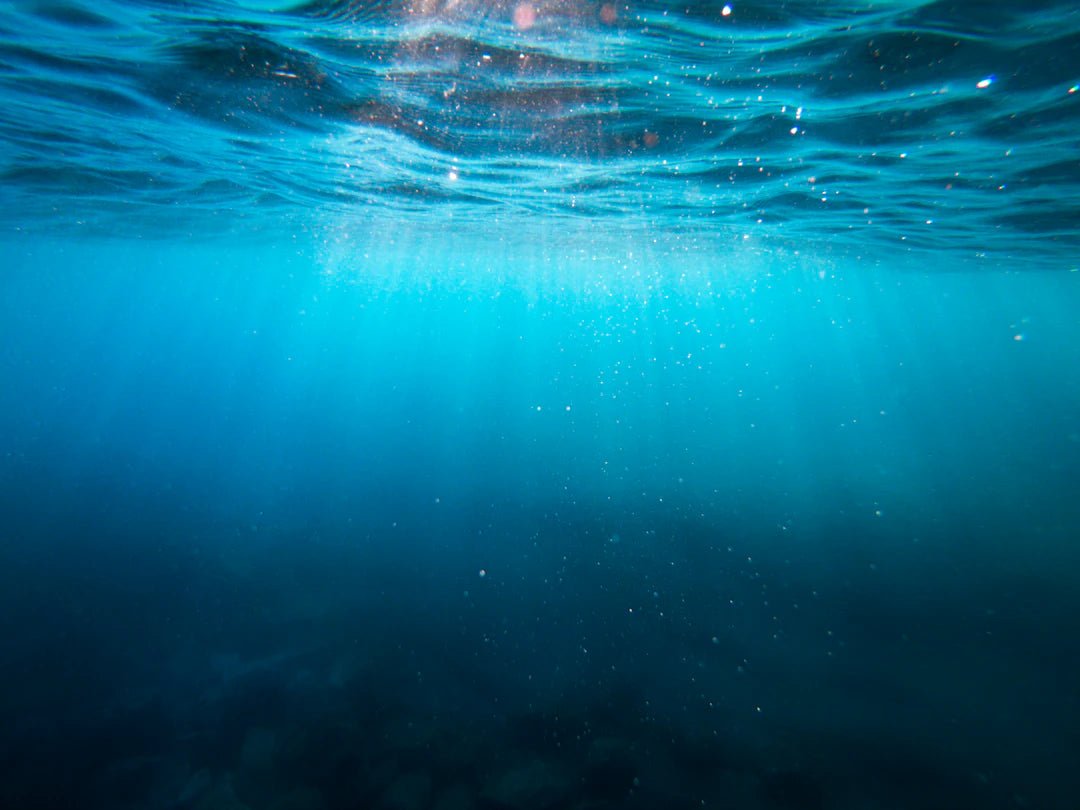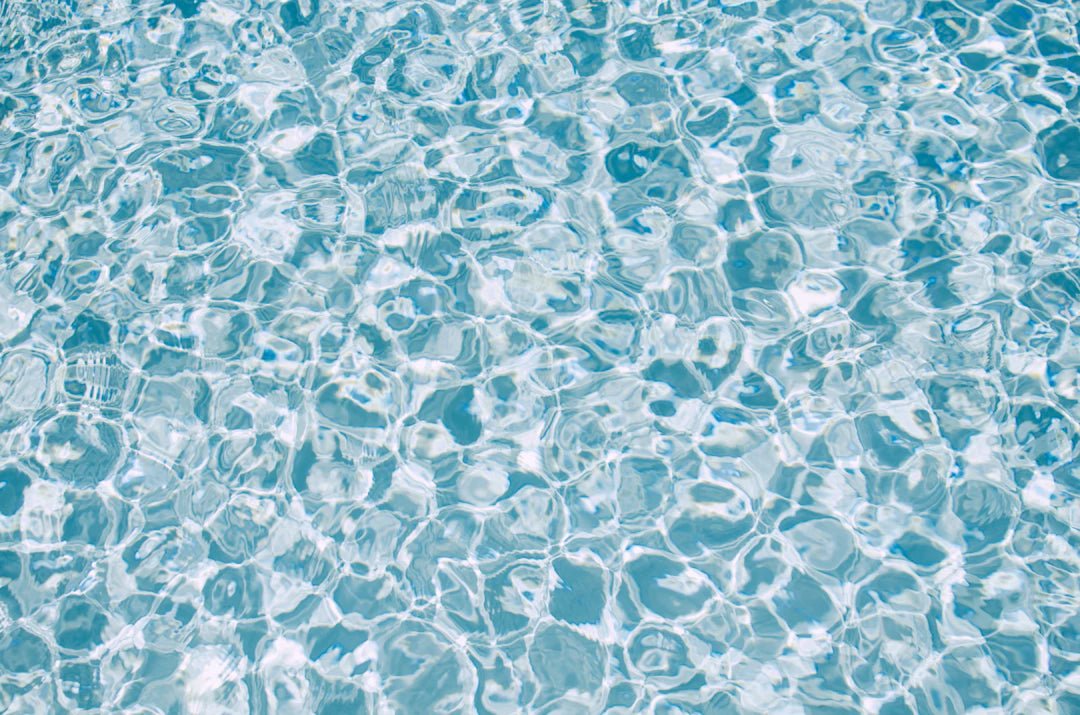Reverse Osmosis vs. Other Water Filtration Systems
Frequently Asked Questions
1. What is reverse osmosis?
2. How does reverse osmosis compare to activated carbon filters?
3. What are the maintenance requirements for a reverse osmosis system?
4. What are the environmental benefits of using a reverse osmosis system?
5. How can I choose the right water filtration system for my home?
In Australia, clean, safe drinking water is essential for health and well-being. With various water filtration systems available, it can be challenging to determine which one offers the best protection and purification. In this blog post, we dive deep into how reverse osmosis compares to other water filtration systems, with a specific focus on the Australian market and the benefits of using a high-quality filter like Rippl Pure.
Understanding Water Filtration Systems
Water filtration systems have become increasingly popular in Australian households as people strive to ensure the quality of the water they consume. These systems work to remove impurities and contaminants from the water, providing safer, better-tasting drinking water. Several types of water filtration systems exist, each with its unique advantages and disadvantages. By evaluating these options, consumers can make informed decisions about their water filtration needs.
What is Reverse Osmosis?
Reverse osmosis (RO) is a water purification process that uses a semi-permeable membrane to remove contaminants from water. It works by applying pressure to push water through the membrane, leaving behind impurities such as dissolved salts, bacteria, and other harmful substances. This technology has gained a reputation for producing some of the purest drinking water available.
The Components of a Reverse Osmosis System
A typical reverse osmosis system consists of several key components:
- Pre-filter: This stage removes larger particles and sediments, protecting the RO membrane.
- RO membrane: The heart of the system, the membrane allows only water molecules to pass while blocking impurities.
- Post-filter: This stage ensures that any remaining contaminants are removed before the water reaches your tap.
- Storage tank: Purified water is stored here until needed.
- Faucet: The point of delivery for purified water.
Comparing Reverse Osmosis to Other Filtration Methods
While reverse osmosis is highly effective, it’s essential to consider how it stacks up against other popular water filtration systems available in Australia.
Activated Carbon Filters
One common type of water filter is the activated carbon filter. This method uses carbon to adsorb impurities and chemicals such as chlorine, heavy metals, and volatile organic compounds (VOCs). Activated carbon filters improve the taste and odor of water and are widely used in household systems.
However, while activated carbon filters are effective against certain contaminants, they are not designed to remove dissolved salts and microscopic organisms. This means that while your water may taste better, you might still be consuming harmful substances. In contrast, reverse osmosis systems like the Rippl Pure filter replacement excel at eliminating these contaminants along with providing great taste.
Ultraviolet (UV) Filters
Ultraviolet filters utilize UV light to kill bacteria and viruses present in water. This system works well for ensuring microbiological safety but does not remove chemical contaminants or heavy metals. For households in Australia dealing with a broader range of water quality issues, a reverse osmosis system provides a more comprehensive solution, addressing both microbiological and chemical concerns.
Ion Exchange Filters
Ion exchange filters are often used to soften hard water by removing calcium and magnesium ions and replacing them with sodium ions. This type of filtration is particularly useful in areas where hard water leads to scale buildup in pipes and appliances. However, similar to activated carbon filters, ion exchange filters do not remove all contaminants, such as chlorine or pesticides. A reverse osmosis system, such as Rippl Pure, effectively handles all these challenges.
The Advantages of Reverse Osmosis
Let’s break it down further and explore the myriad benefits of implementing a reverse osmosis system in your home:
Exceptional Contaminant Removal
Reverse osmosis systems are renowned for their ability to remove a wide range of contaminants. From harmful bacteria to dissolved salts, reverse osmosis provides unparalleled purity. In regions of Australia where water quality is a concern, utilizing a system like Rippl Pure guarantees peace of mind when it comes to your family’s health.
Improved Taste and Odor
Many users of reverse osmosis systems notice a significant improvement in the taste and odor of their water. By removing chlorine, dissolved solids, and impurities, water filtered through reverse osmosis is fresh, pure, and enjoyable to drink. This quality makes it ideal for not just drinking water but also for cooking and preparing beverages.
Cost-Effectiveness Over Time
While the initial investment of a reverse osmosis system may be higher than other filtration systems, the long-term savings are significant. With a reusable filter like the Rippl Pure filter replacement, you will save money over purchasing bottled water while also reducing environmental impact.
Maintenance of Reverse Osmosis Systems
Maintaining a reverse osmosis system involves periodic monitoring and replacing filters to ensure optimal performance. The typical filter replacement schedule may vary depending on water quality, usage, and the specific system in use. For example, the following guidelines can be considered:
- Pre-filters: Every 6-12 months
- RO membrane: Every 2-3 years
- Post-filters: Every 6-12 months
Utilizing a reliable provider for your filter replacements, such as Rippl Pure, can simplify the maintenance process and keep your system running efficiently.
The Environmental Impact of Water Filtration
As awareness of environmental issues grows, many Australians are looking for sustainable alternatives to bottled water. By investing in a reverse osmosis system, you can help reduce plastic waste and promote water conservation. Tap water filtration reduces the need for single-use plastic bottles, leading to better environmental practices.
Reverse Osmosis and Water Conservation
Interestingly, some might argue that reverse osmosis systems waste water during the filtration process. While it’s true that they discharge wastewater, modern systems are designed to minimize this waste significantly. With improved technology, newer systems can achieve a 1:1 ratio of purified water to wastewater, making them more efficient than ever.
Finding the Right Water Filtration System for You
When considering the best water filtration system for your home, reflect on your specific needs and water quality concerns. Here are a few factors to keep in mind:
- Water Quality: Understand the specific contaminants in your water supply. Testing kits are available to determine the presence of heavy metals, bacteria, or other impurities.
- Family Health: Consider any health issues present in your household that may require specific filters, such as allergies or sensitivities.
- Budget: Evaluate your budget for both initial installation and ongoing maintenance costs.
The Future of Water Filtration in Australia
As technology advances, water filtration systems are continually evolving. While reverse osmosis remains a popular choice due to its reliability, new innovations and combinations of filtration methods are being developed. For Australians, staying informed about these changes can pave the way to making the best decisions for clean and safe drinking water.
Your Journey to Cleaner Water
In summary, while there are multiple water filtration options in Australia, reverse osmosis stands out for its exceptional impurity removal and effectiveness in providing a reliable drinking water source. Investing in a system like Rippl Pure not only guarantees the best water quality for you and your family but also promotes a sustainable choice for the environment. By taking these steps, you're not just ensuring the health and safety of your loved ones—you’re contributing to a cleaner, healthier planet.



